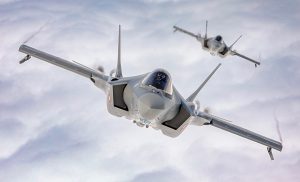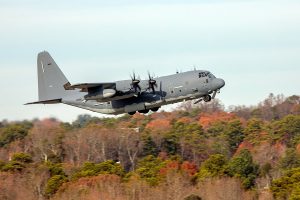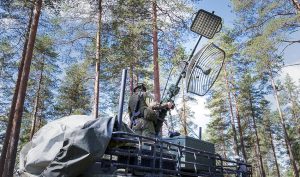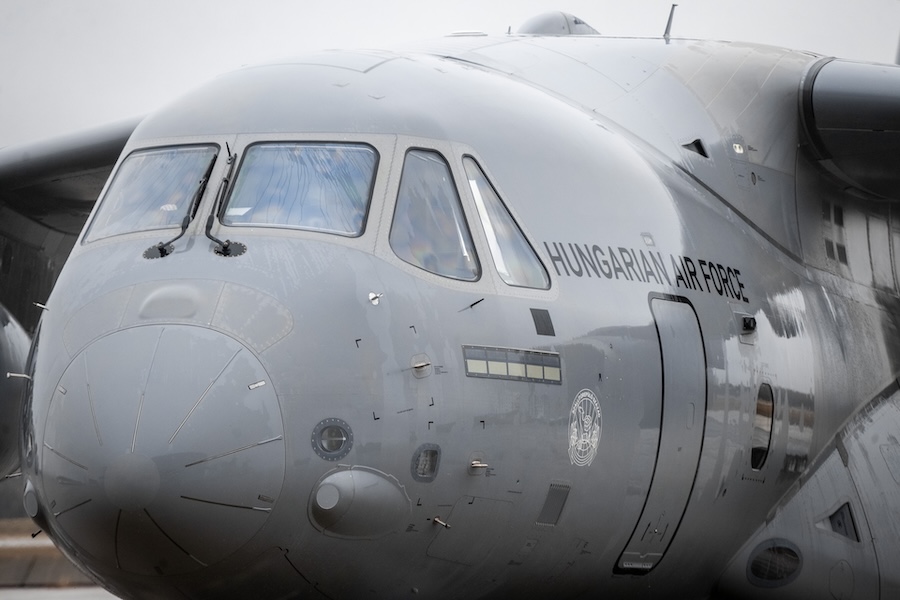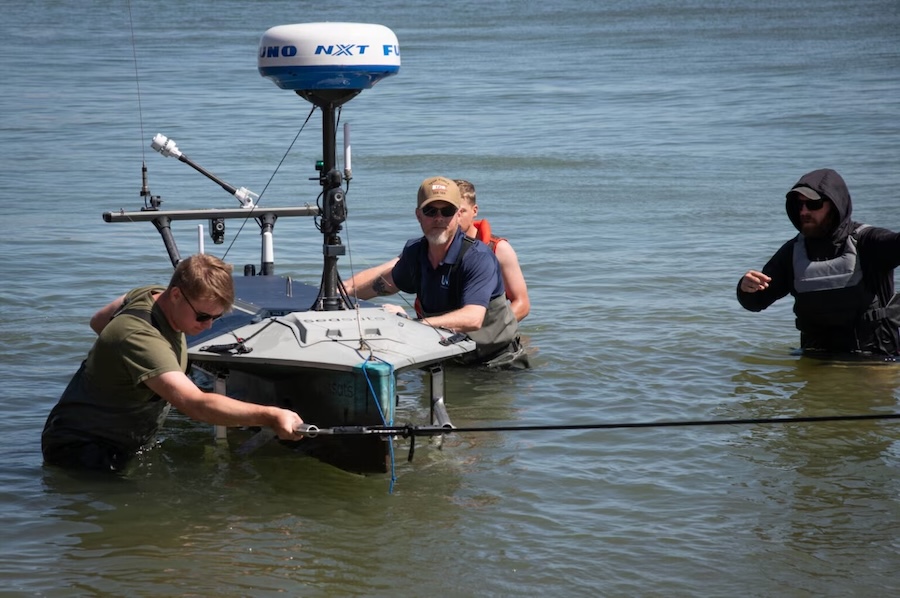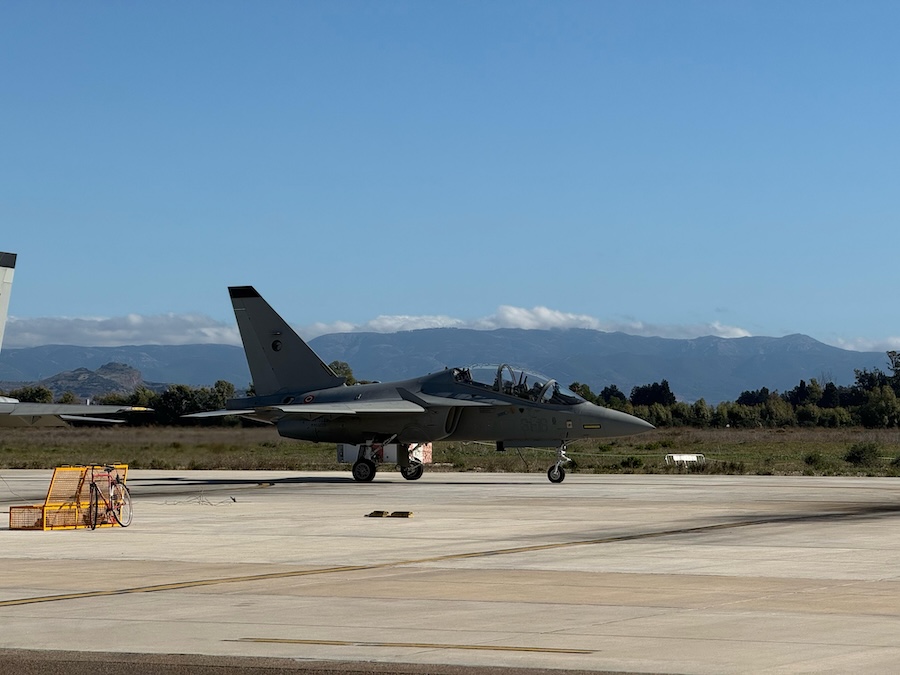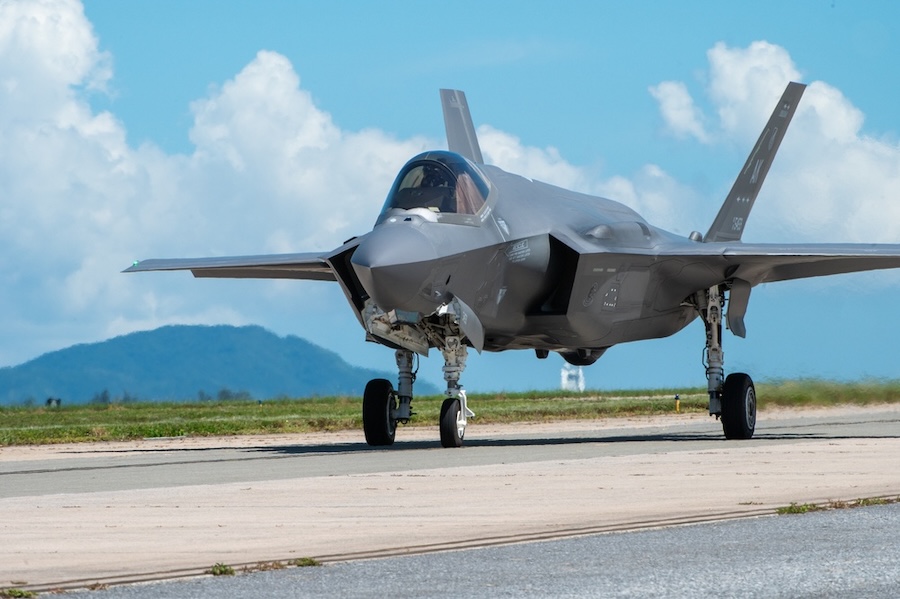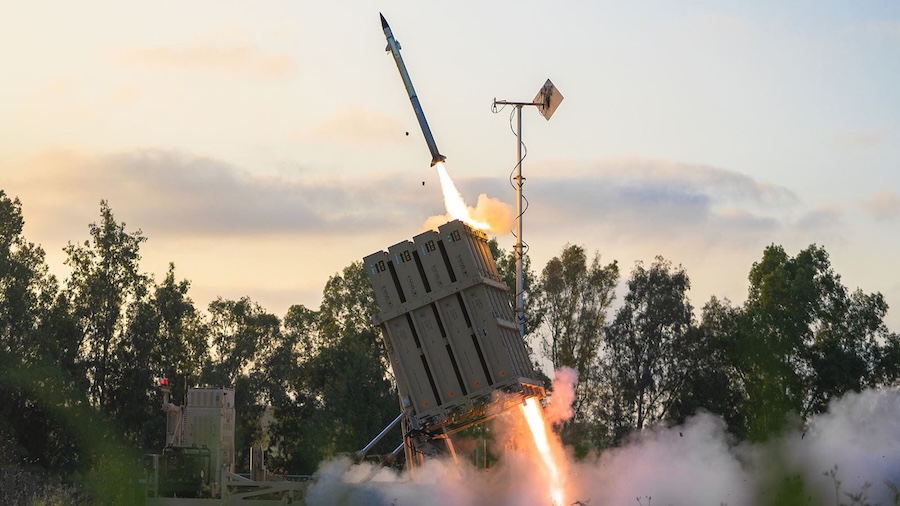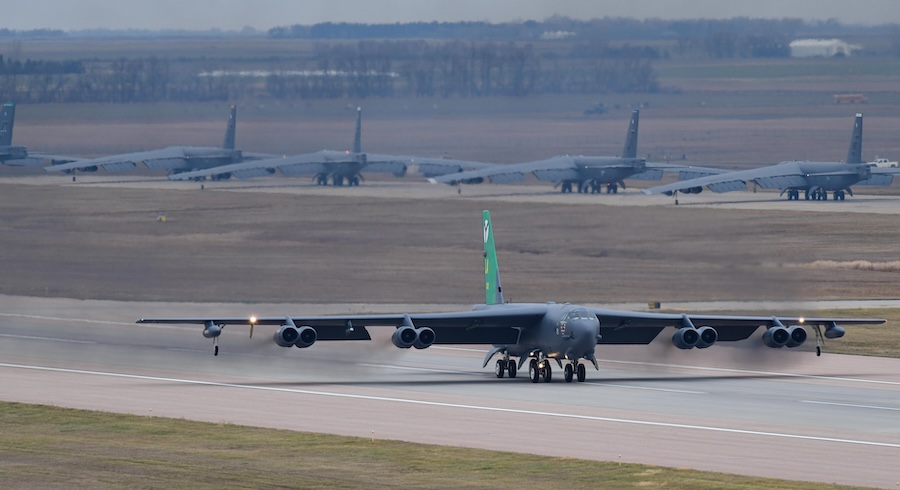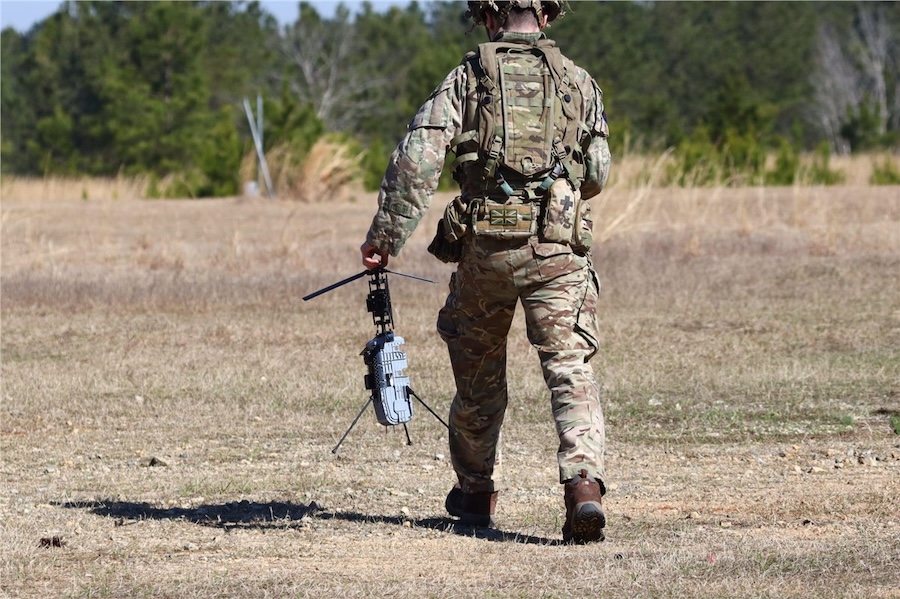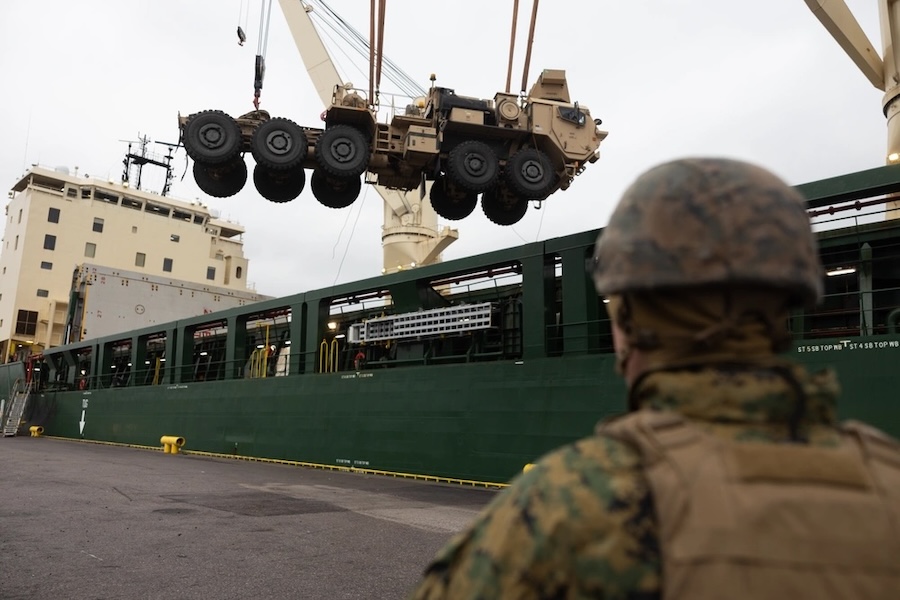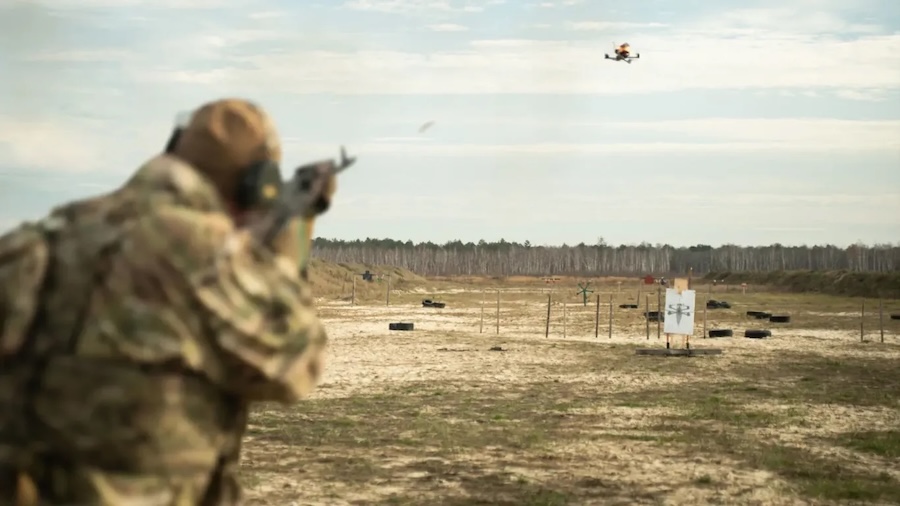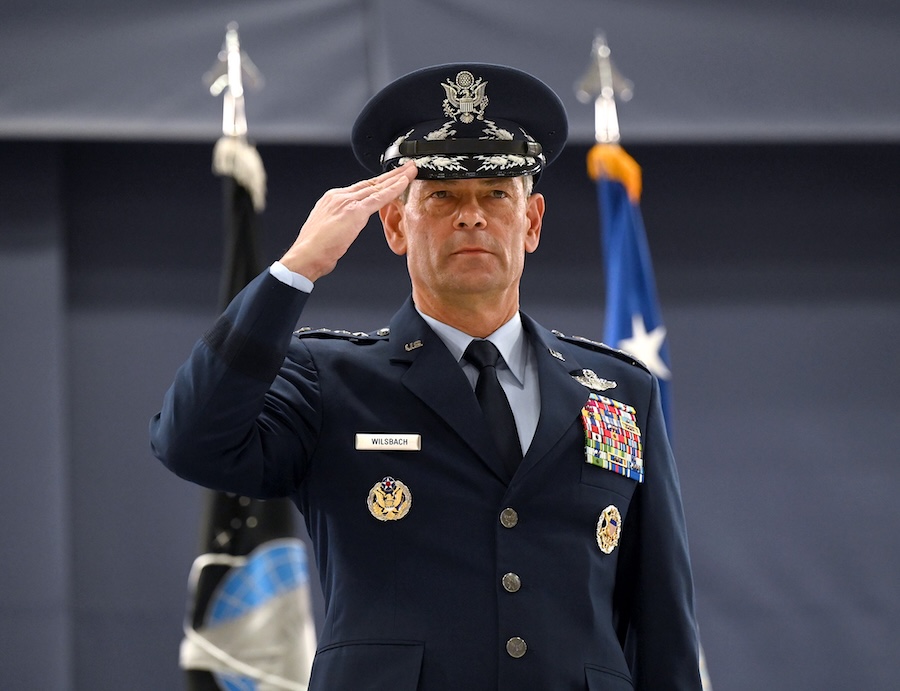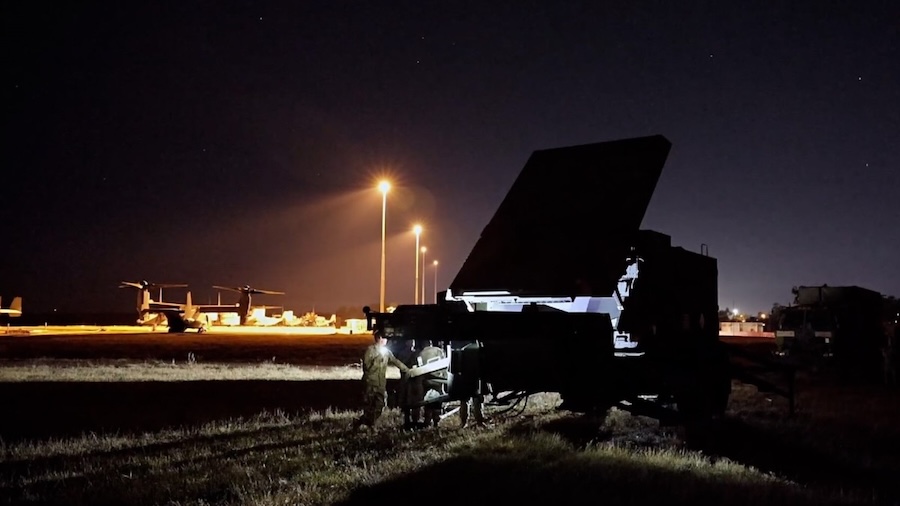The project involved a collaboration between the F-35 Joint Program Office, Ogden Air Logistics Complex, the 388th Fighter Wing, and Lockheed Martin. One of the aircraft sustained damage in a nose-gear collapse at Hill Air Force Base in 2020, while the other was affected by an engine fire at Eglin AFB in 2014.
Dubbed the “Franken-bird,” the reconstruction required innovative tooling, custom stands, and specialised equipment to integrate the aircraft sections. These efforts, completed at the Ogden Air Logistics Complex, have the potential to improve battle damage repair techniques for future deployments.
After its return to the 388th Fighter Wing in November 2023, the aircraft underwent final restoration at the 4th Fighter Generation Squadron. Maintainers, working alongside Lockheed Martin engineers, rewired avionics, installed flight controls, and rebuilt the cockpit.
Senior Airman Jaguar Arnold, the aircraft’s dedicated crew chief, highlighted the challenges of restoring a nearly empty shell. The team also reinstalled landing gear, applied stealth coatings, and completed intricate repairs typically not performed at the unit level.
Balancing the restoration project with routine maintenance operations required careful resource management. First Lieutenant Ryan Bare, Sortie Generation Flight commander, emphasised that the experience gained will benefit both the unit and the wider F-35 programme.
The maintenance team provided valuable feedback that will contribute to updates in Joint Technical Data, improving safety for maintainers and pilots. In addition to operational benefits, the project resulted in significant cost savings for the Air Force.
With an estimated cost of under $6 million, the restoration project preserved an aircraft that would otherwise require an $80 million replacement. Following a successful test flight, the F-35A was sent to Lockheed Martin’s facility in Fort Worth, Texas, for final certification.
Once certified, the aircraft will return to Hill Air Force Base, where it will rejoin the 4th Fighter Squadron’s operational fleet. The successful restoration highlights the expertise and innovation of U.S. Air Force maintainers in extending the lifespan of advanced combat aircraft.
Source: 388th Fighter Wing (U.S. Air Force).








